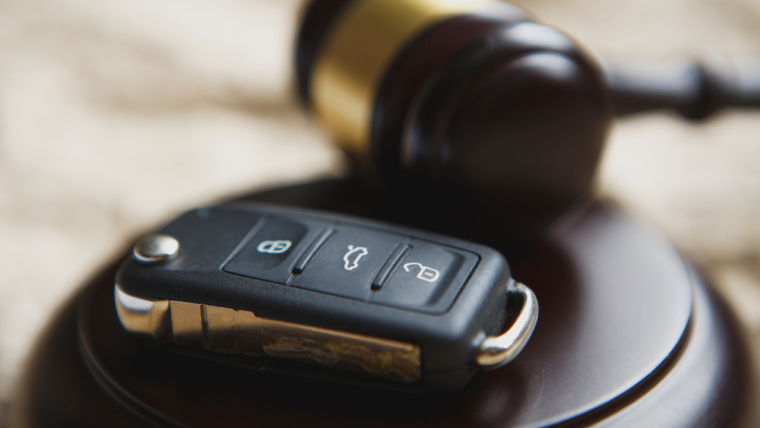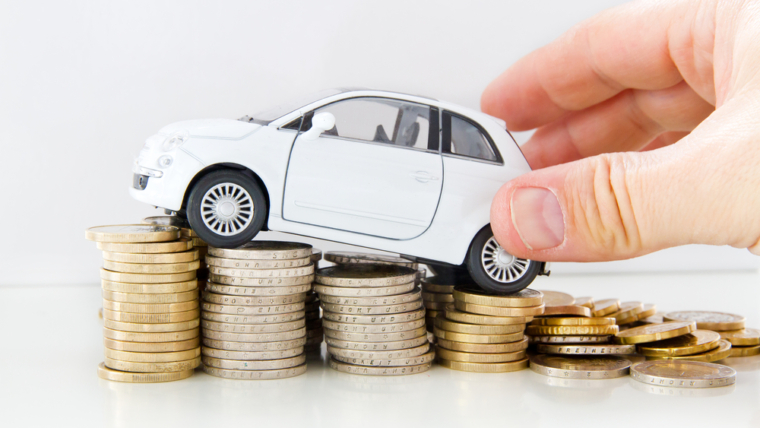Navigating the world of auto financing can be overwhelming, and one common question many consumers have is whether “GAP” insurance is worth purchasing. Guaranteed Asset Protection (GAP) insurance is designed to cover the difference between what you owe on your car loan and the vehicle’s actual cash value if it’s totaled or stolen. This coverage can be particularly beneficial for those with long-term loans or low down payments. Let’s take a closer look at how GAP insurance works and whether it’s the right choice for you.
What is Gap Insurance?
The abbreviation GAP stands for Guaranteed Asset Protection in GAP insurance. The GAP insurance covers the gap for drivers with car loan balances exceeding the current car’s value.
In the event of a “total loss” claim, where the car must be replaced entirely due to an accident, the vehicle having been stolen or exposure to a natural disaster, insurance providers will often pay the car’s current market value using Kelly Blue Book or other 3rd party valuation systems. This system leaves many drivers out of pocket the majority of the time, especially since the value of new cars often decreases by 15% to 35% in the first year and up to 50% or more over three years.
GAP insurance compensates the gap or difference between what your insurance company will reimburse you for and what you would have to shell out for a new or comparable model.
How Does Gap Insurance Work?
When your vehicle is deemed a total loss, which results from extensive damage occurring to your vehicle and the insurance company deems it not worth fixing, the first thing you think about is getting it repaired. But what happens if your mechanics’ quote is more than you can afford? What if your collision insurance doesn’t cover what you owe on the vehicle? This is where gap insurance comes into play as a smart addition to your collision insurance policy. Let’s learn how gap insurance work:
The insurance company will pay their determined cash value of the vehicle when you have an accident or get your car stolen, they then remove your deductible from the amount of coverage. You are then responsible for the amount not covered by insurance, which you can either pay out of pocket, or with gap insurance you hopefully obtained when you purchased the vehicle.
Some gap insurance policies might cover your total loan balance, including the negative equity. For instance, you trade-in a car with negative equity, meaning you owe more than the car’s value. In this case, your gap insurance will cover the negative equity, and the amount will move into your new loan. But remember, not all gap insurance policies cover negative equity, some GAP policies have a cap where they only cover 125% loan to value and do not cover any negative equity. So make sure you ask your GAP provider for the exact coverage it provides.
Consider John’s automobile, worth $15,000, as an illustration of gap insurance at work. However, he has outstanding car payments of $20,000 as of right now. John’s auto insurance coverage will pay him $15,000 if a theft or accident results in the total loss of his vehicle. John no longer has a car but still owes the auto lender $20,000, therefore, he will still be $5,000 short.
If John acquires gap insurance, the policy will cover the $5,000 difference, or gap, between the loan balance and the reimbursed money received.
Benefits of Gap Insurance
Regardless of the type of vehicle you drive, you must have personal liability auto insurance. The majority of standard auto insurance policies, in the case of vehicle theft and an accident, provide financial protection. Personal auto insurance policies frequently cover these categories:
- Personal auto insurance may pay all or part of the replacement or repair costs if your car is damaged or stolen.
- Liability insurance covers your legal obligations if your actions result in property damage to a car or another sort of property or if they cause someone to get hurt.
- Auto insurance will pay for charges, such as medical bills and burial fees if you cause an accident.
Your auto insurance might provide coverage up to the current value if your car is stolen or totaled today. That implies that if your vehicle is worth $15,000 but you owe $20,000 on the loan, your auto loan balance would remain at $5,000. Without an emergency fund, you would need to find a means to keep paying off a vehicle loan while getting a new automobile and taking up more debt.
For this reason, GAP insurance may be essential. This kind of insurance pays out if your loss exceeds your coverage’s value since it bridges the gap between what you owe and your loan. Following the above example, GAP insurance would pay the final $5,000. Hence, you have no outstanding auto loan debt left.
Is Gap Insurance Worth It?
Are you considering purchasing gap coverage? If yes, you should know the eligibility criteria. Consider the amount you are liable to pay the auto loan company against the car’s value. A reliable automobile insurance provider will help you estimate the actual worth of your vehicle. Gap insurance is worth buying under the following conditions:
- You paid less than 20% of the vehicle’s value on your down payment
- When you are leasing a vehicle
- If the auto loan duration is 60 months or longer
It’s important to weigh both the advantages and potential drawbacks when considering gap insurance. On the positive side, gap insurance provides financial protection by covering the difference between your car’s actual cash value and the remaining loan or lease balance if your vehicle is totaled or stolen. This can prevent significant out-of-pocket expenses, especially for those who have made minimal down payments or have long-term loans. Additionally, gap insurance is relatively inexpensive when added to an existing auto insurance policy, often costing around $89 per year.
However, there are potential downsides to consider. If you’ve made a substantial down payment or your loan balance is low relative to your car’s value, gap insurance may offer little benefit. Furthermore, some policies have limitations, such as not covering negative equity from a previous loan or capping coverage at a certain percentage of the car’s value. It’s crucial to review the terms carefully to ensure the policy meets your specific needs. By evaluating your financial situation and understanding the specifics of gap insurance, you can make an informed decision about whether this coverage is worthwhile for you.
Cost and Duration of Gap Insurance
GAP insurance typically costs between $100 and $300 per year for a three-year policy, and the price cannot exceed 4% of the total amount of your auto loan. While dealerships and lenders commonly offer GAP coverage, you can also explore other financing companies, such as FA Financing, for competitive options.
This type of insurance is generally available for terms ranging from one to seven years, aligning with most auto loan durations. To ensure full protection, your GAP insurance should remain active for the entire length of your loan. It’s important to review the terms carefully to confirm that your coverage lasts as long as you need it.
Conclusion
It’s a good idea to seriously consider gap coverage if you’re purchasing a preowned vehicle that has a loan duration of over 48 months, or if your down payment is less than 20% of the vehicle’s value. We recommend comparing auto insurance companies and gap insurance providers thoroughly as pricing and coverage options can vary. For more information about gap insurance, you can contact the experts at FA Financing for help in creating a gap between what you own and owe.
Editor’s Note: This post was originally published in December 2022 and has been updated for comprehensiveness.


